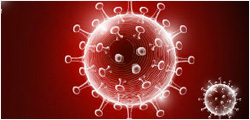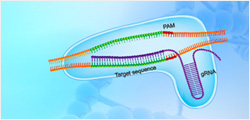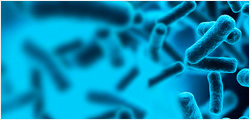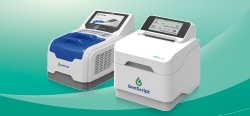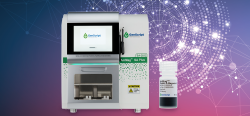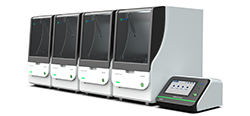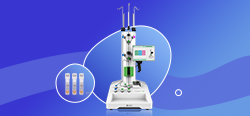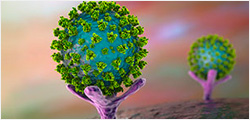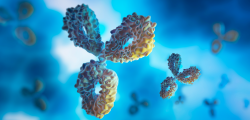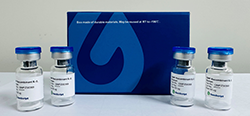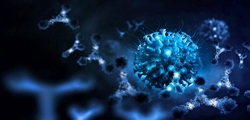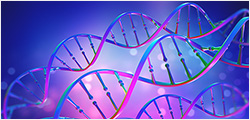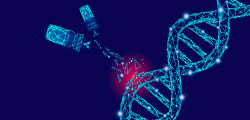| Specificity |
This product is specific
for Human CD3 |
| Host Species |
Mouse |
| Immunogen |
Recombinant Human CD3 |
| Conjugate |
Unconjugated |
|
ex vivo cell culture process; Flow cytometry |
| Form |
Liquid |
| Storage Buffer |
Supplied in 10 mM Sodium
Citrate, 150 mM NaCl, 0.02 mg/ml Polysorbate 80, pH 5.0 |
| Concentration |
5 mg/ml |
| Storage Instructions |
The product
remains stable at -70 ± 10 °C. Avoid repeated freeze-thaw cycles. Please refer
to the COA for specific expiry date. |
| Isotype |
Mouse IgG2a |
| Clonality |
Monoclonal |
| Clone ID |
OKT3 |

GMP Anti-Human CD3 Antibody (OKT3), mAb, Mouse (Cat. No. GMPA02199) was used for primary T cell activation together with anti-Human CD28 antibody. The percentage of activated T cells was measured by flow cytometry. Data showed that GenScript GMP Anti-Human CD3 Antibody (OKT3), mAb, Mouse outperformed the competing products in activating primary T cells.

Jurkat/IL-2-Luc Promoter cells were co-stimulated with a serial of concentrations of GMP Anti-Human CD3 Antibody (OKT3), mAb, Mouse (Cat. No. GMPA02199) and GMP Anti-Human CD28 Antibody (F105), mAb, Mouse (Cat. No. GMPA02213) for 6 h. Receptor-mediated signaling induced luminescence via the activation of the IL-2 pathway.
| 外觀 |
Clear, colorless liquid |
| pH |
5.0 ± 0.5 |
| Concentration |
5.0 ± 0.5 mg/ml tested by
A280 nm |
| Purity |
≥ 95% as analyzed by
SEC-HPLC |
| Sequence |
The coverage of the light
chain and heavy chain sequence was 100% consistent with the theoretical amino
acid sequence by mass spectrometry (MS) |
| Residual HCP |
≤ 100.0 ng/mg by ELISA
method |
| Residual HCD |
≤ 10.0 pg/mg by
quantitative PCR method |
| Residual Protein A |
≤ 10.0 ng/mg by ELISA
method |
| Endotoxin Level |
< 0.1 EU/mg by gel
clotting method |
| Sterility |
Sterile |
| Reactivity |
Qualified |
| Target Background |
CD3 is a member of the
immunoglobulin superfamily, expressed on T cells. It is composed of four
distinct chains (ε, γ, δ, ζ). CD3 antigen can form a complex with the T cell
receptor (TCR) to generate an activation signal in T cells, which plays an
important role in the transduction of TCR signal and the activation of both
cytotoxic T cells (CD8 + na?ve T cells) and T helper cells (CD4+ na?ve T cells). |
For laboratory research
and ex vivo cell isolation and
culture applications. Direct human use, including taking orally and injection
and clinical use are forbidden.


